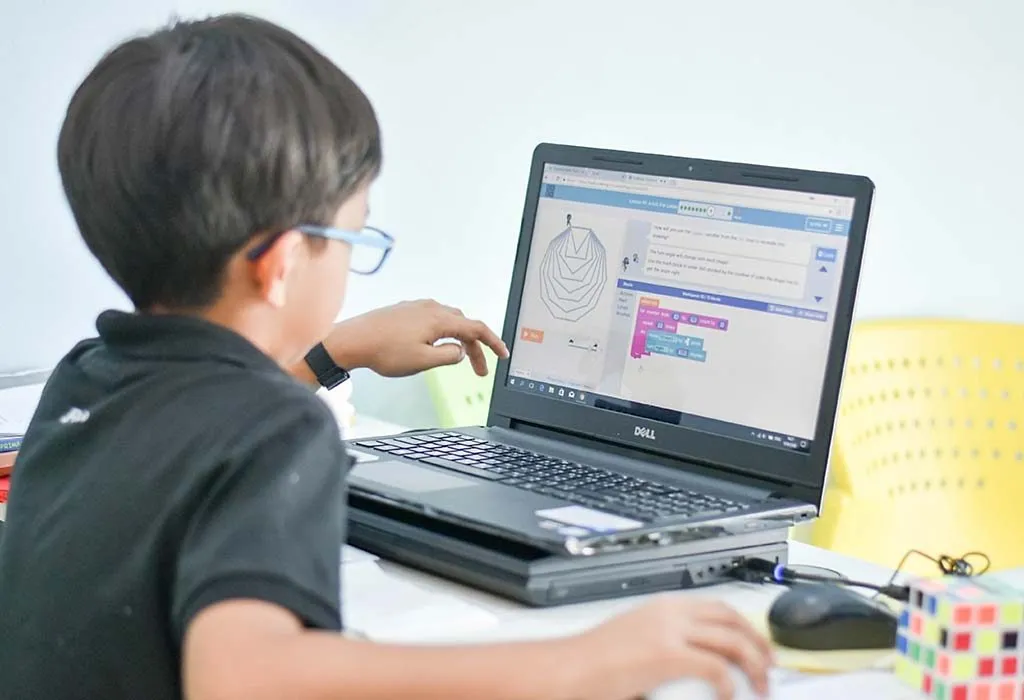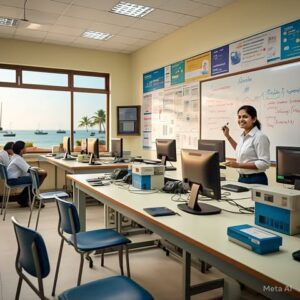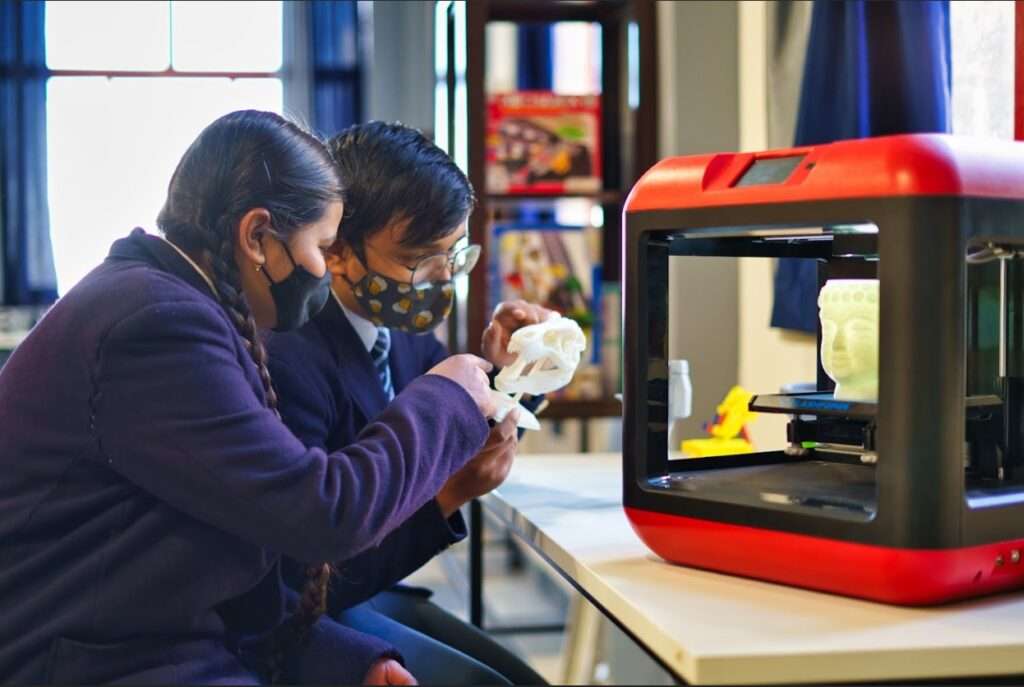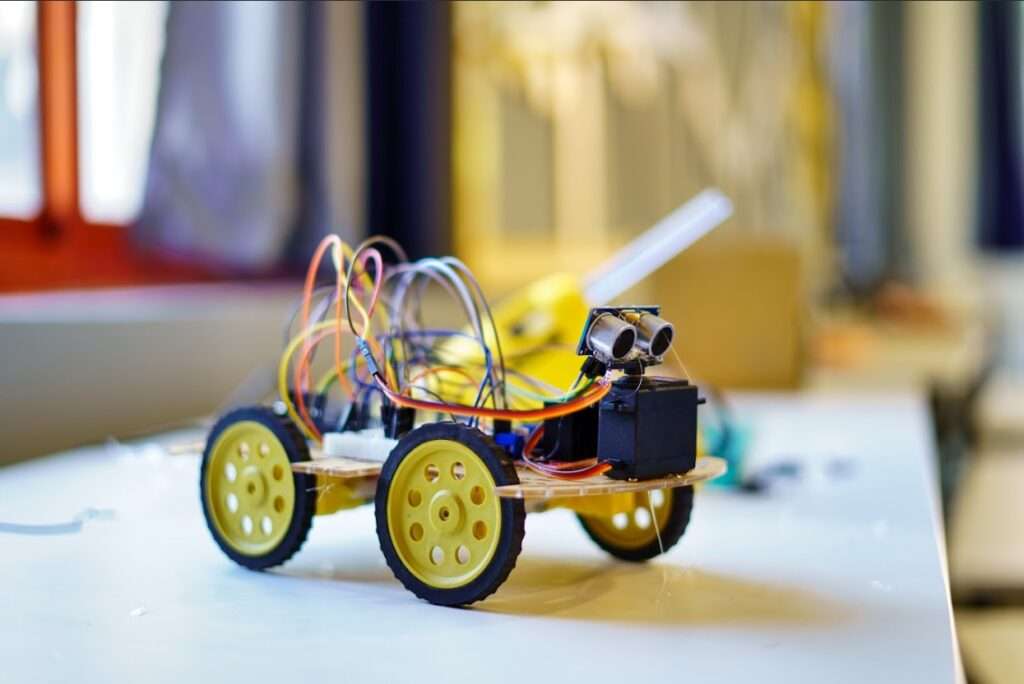Coding, when a perplexing space, is currently progressively perceived as a basic expertise. Its capability to cultivate critical thinking, inventiveness, and sensible reasoning is unquestionable. Be that as it may, for kids with extraordinary requirements, the excursion into the universe of coding can be challenging.
This blog plans to direct guardians and educators in understanding and carrying out versatile learning strategies to make coding available and charming for these kids. Figuring out Extraordinary Requirements Perceiving the variety inside the extraordinary requirements spectrum is urgent. Conditions like chemical imbalance, ADHD, dyslexia, and actual impedances present extraordinary difficulties.
Each kid is unique, and their learning style, assets, and shortcomings differ. Hence, a one-size-fits-all approach is inadequate.
Advantages of Coding for Youth with Extraordinary Necessities Coding offers various advantages for youngsters with extraordinary requirements:
* Worked on mental abilities: Coding upgrades critical thinking, sensible reasoning, and example acknowledgment, which can be especially useful for youngsters with ADHD or learning incapacities.
* Improved Correspondence: Visual and block-based coding dialects can be an integral asset for youngsters with correspondence troubles, empowering them to inventively communicate their thoughts.
* Expanded Freedom: Figuring out how to code can help confidence and autonomy, as kids find they can establish and control computerised conditions.
* Admittance to Future Open doors: Coding abilities open ways to different vocations and instructive ways, engaging youngsters with extraordinary necessities to seek after their goals. Versatile Learning Procedures
* Individualised Learning Plans: Make custom-fitted learning ways in light of every youngster’s assets, shortcomings, and learning style. Separate complex ideas into more modest, reasonable advances.
* Visual Learning: Utilise visual guides, charts, and activities to help understanding. Many coding stages offer simplified interfaces, making coding more instinctive.
* Multi-sensory Learning: Connect with various faculties to support learning. Consolidate hear-able signals, material components (like coding robots), and sensation exercises.
* Organised Learning Climate: Give a quiet and coordinated learning space to limit interruptions for kids with tactile handling issues or ADHD.
* Assistive Innovation: Investigate assistive advances like discourse to message, screen perusers, or particular info gadgets to oblige physical or tactile hindrances.
* Uplifting feedback: Celebrate little triumphs and give reliable consolation to fabricate certainty and inspiration.
* Cooperative Learning: Empower peer association and collaboration to cultivate interactive abilities and critical thinking skills.
* Genuine Applications: Interface coding to genuine situations to make learning seriously captivating and significant. For instance, make a straightforward game or movement in view of the youngster’s advantages.
Coding instruments and assets
A few coding stages offer highlights explicitly intended for youngsters with extraordinary necessities:
* Scratch: A visual block-based language that is profoundly versatile and open.
* Blockly: Like Scratch, with an emphasis on effortlessness and adaptability.
* Tynker: offers various coding courses and games reasonable for various learning styles.
* Code.org: Gives free coding instructional exercises and exercises for all ages and capacities.
Cooperation is vital. Compelling help for kids with extraordinary necessities requires cooperation between guardians, instructors, and advisors. Customary correspondence and shared objectives are fundamental.
By executing these versatile learning methods and utilizing accessible assets, guardians and educators can establish a strong climate where youngsters with extraordinary necessities can flourish in the realm of coding.
Keep in mind that persistence, diligence, and an emphasis on individual qualities are critical to opening the capability of each and every kid.
Extra Tips :
* Begin little and slowly increment intricacy.
* Be patient and adaptable.
* Include the youngster in picking coding projects.
* Praise each accomplishment, regardless of how little.
* Give potential chances to practice and trial and error.
* Look for help from online networks and care groups.
By keeping these rules, you can engage kids with exceptional requirements to become certain coders and issue solvers.















